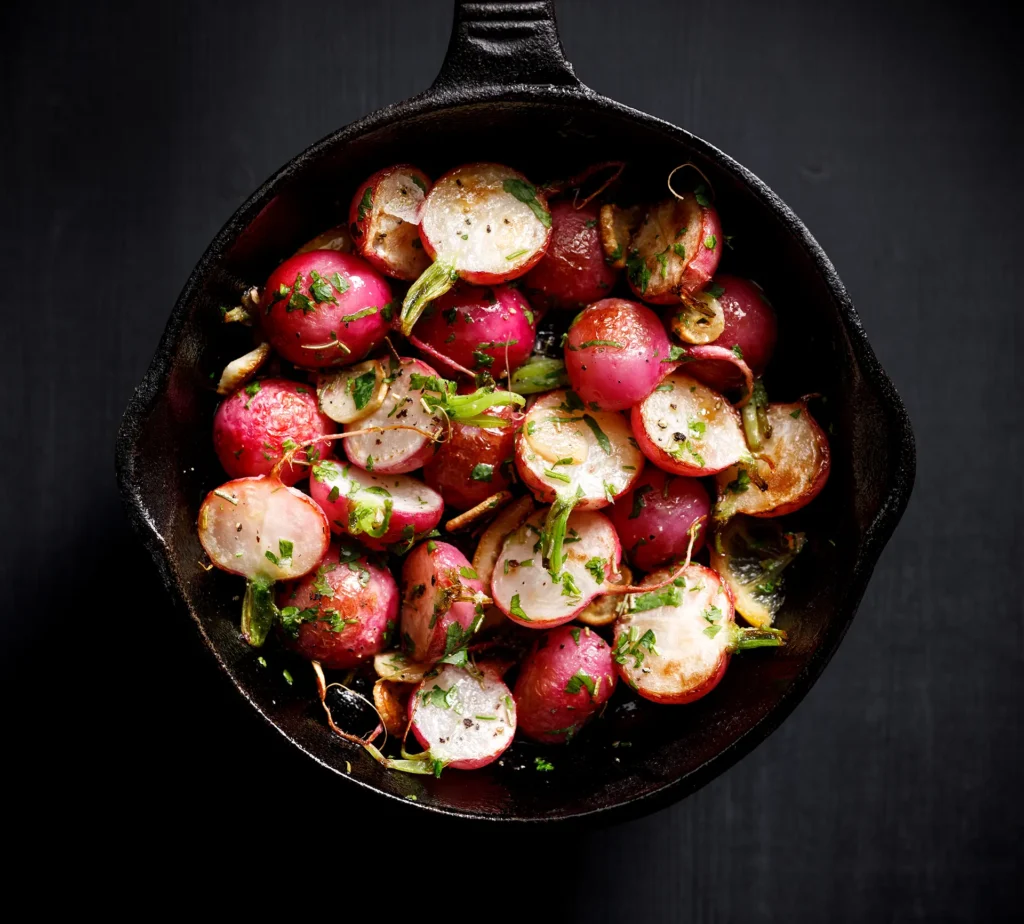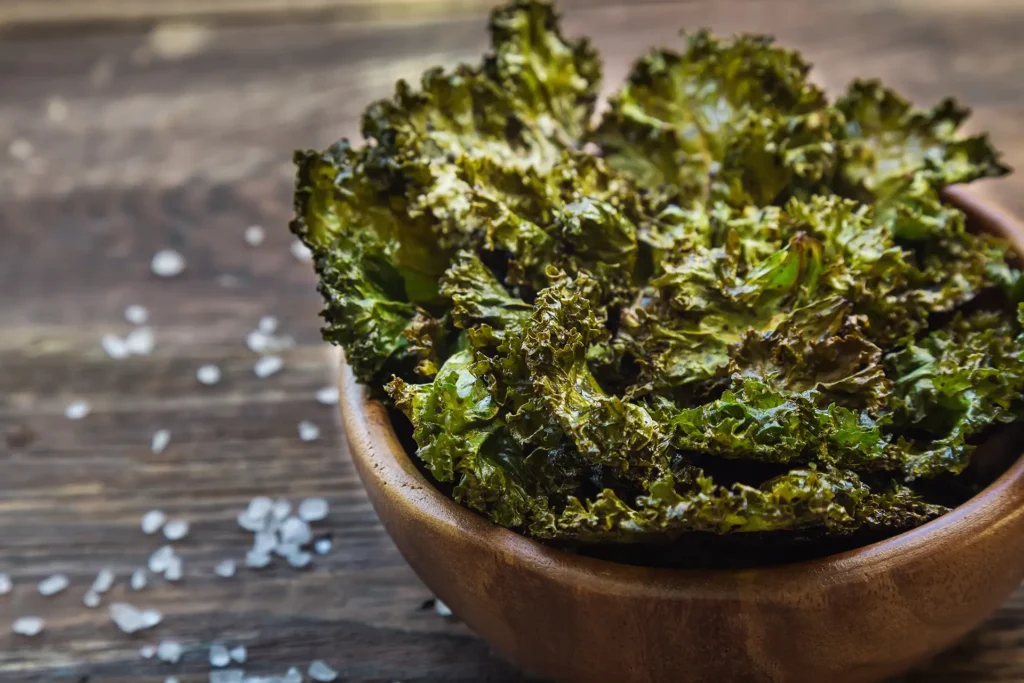Raw vs. Cooked Vegetables: Which Is Better for Your Health?
By: Lauren Twigge, MS, RD
If you are reading this, you are likely interested in including more vegetables in your diet! That’s already a win. The sheer interest in eating more (naturally) colorful foods is step one to getting those five servings of fruits and vegetables into your diet every day. Now you can focus on which types of vegetables you enjoy, which types you’re not so excited about, and the best way to serve those veggies to keep you coming back for more.
We love vegetables in their raw form (like a salad) or cooked form (like steamed, fried, sauteed, or boiled), but does the raw vs. cooked vegetable form actually make a difference in their nutrition? Today, we will get into the great debate of raw versus cooked vegetables and find out which ones are the best to have on your plate! (Spoiler: the answer isn’t exactly simple.)
What are the Effects of Cooking Vegetables?
So, does cooking vegetables change their nutrition? The answer is yes! However, the nutritional change depends on a few factors.

Cooking Method
There are various ways to cook vegetables, including roasting, steaming, boiling, sautéing, and blanching, and each method has a distinct impact on the overall nutritional value of a vegetable.
- Research has shown that wet cooking methods (like boiling) have the most detrimental impact on a vegetable’s nutritional value, primarily through the loss of water-soluble B-vitamins.
- On the other hand, microwave cooking and steaming have been shown to better preserve the nutrients in the vegetables you are cooking.
So, if you want the healthiest way to cook vegetables, steaming is your answer!
Vegetable Type
Here’s something that can complicate things a bit: Some cooked vegetables lose nutrition, while others become more nutrient-dense in their cooked form — but it all depends on the type of vegetables.
For example, leafy greens like spinach and cruciferous vegetables such as broccoli have been shown to lose more antioxidants, vitamin C, and other nutrients when cooked. Therefore, they are best consumed raw. Meanwhile, research repeatedly shows that carrots and tomatoes increase in nutrition and health-promoting compounds when they are cooked! Additionally, cooked potatoes have been shown to have a higher fiber content than raw potatoes.
Common nutrients reduced by cooking: B-vitamins, vitamin K, vitamin C, and minerals like potassium, magnesium, and zinc are often reduced by cooking.
Common nutrients increased by cooking: B-carotene, a carotenoid found in fruits and vegetables, is consistently shown to increase when vegetables are cooked. Calcium and iron are also two minerals that have been shown to increase in cooked vegetables.
Pros and Cons of Raw Vegetables vs. Cooked Vegetables
Pros of cooking vegetables:
Higher digestibility: The softer texture of cooked vegetables comes from the broken-down cell walls and softer fiber structure. This makes them not only easier to chew but also easier on your digestion.
Increased absorption of some nutrients: Cooking vegetables may increase the absorption of some nutrients and compounds, such as lycopene, soluble fiber, calcium, and iron.
Eye appeal: Many green vegetables, like broccoli, have a brighter and more appealing color after they have been cooked.
Enhanced food safety: Cooking vegetables can eliminate harmful bacteria and may be safer for certain individuals, such as pregnant women or the immunocompromised.
Cons of Cooking Vegetables
Lower antioxidant levels: More often than not, the antioxidant content of cooked vegetables is lower than that of raw vegetables.
Change in texture: Cooked vegetables have a much softer mouthfeel, which may not be preferable as a stand-alone side dish. Raw vegetables (like those in a leafy green salad) maintain their crunch and can be better suited as certain side dishes.
Loss of certain nutrients: Research shows that cooked vegetables tend to have lower levels of B-vitamins, vitamin K, and vitamin C, and lower mineral levels of potassium, zinc, magnesium, and others.
Convenience: Raw vegetables, like those found in bagged salads, are incredibly convenient to reach for and make it easy to include more vegetables in your diet.


What’s The Verdict?
While raw and cooked vegetables can differ in nutrition, both forms offer valuable health benefits. Raw vegetables retain more of their nutrients, have a crunchier texture, and tend to be more convenient. On the other hand, cooked vegetables are more digestible, have enhanced food safety, and may even absorb nutrients like fiber more efficiently.
In the debate of raw vs. cooked vegetables, the real winner is you — for including more vegetables in your diet, regardless of form. Whether you reach for a delicious and convenient Taylor Farms salad with fresh greens or add a simple vinaigrette to steamed carrots, being more intentional about including more vegetables in your diet will have a positive impact on your health, lower your risk for disease, and expose you to new flavors and textures.
At the end of the day, the best vegetable is the one you enjoy eating — so experiment and find what you like, keep it simple, and make it a regular part of your routine. However you plate them, vegetables are always a smart (and tasty) investment in your long-term wellness!


Lauren Twigge, MS, RD, is a registered dietitian and nutrition coach who helps individuals build sustainable, balanced eating habits without restriction. Learn more (and browse her delicious recipes) at laurentwiggenutrition.com.
